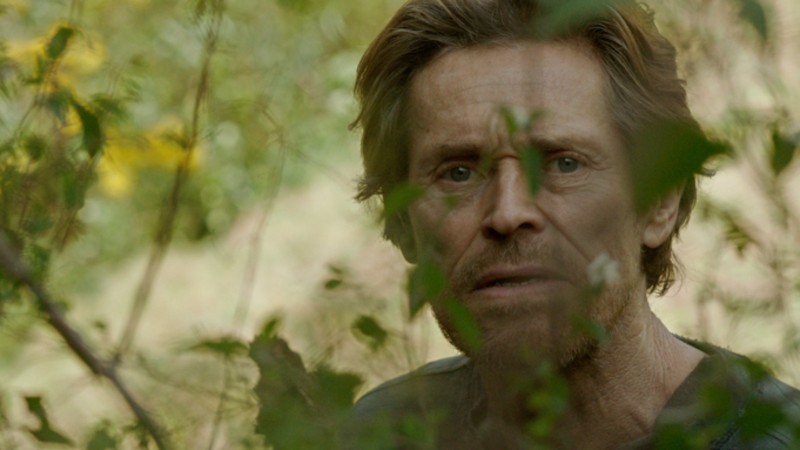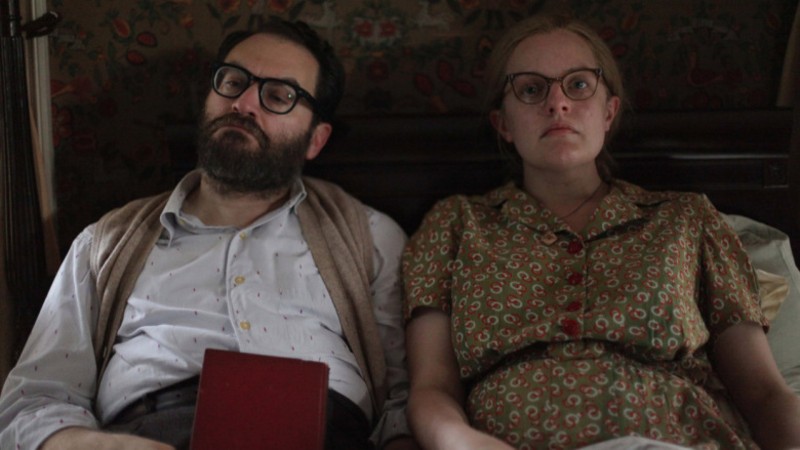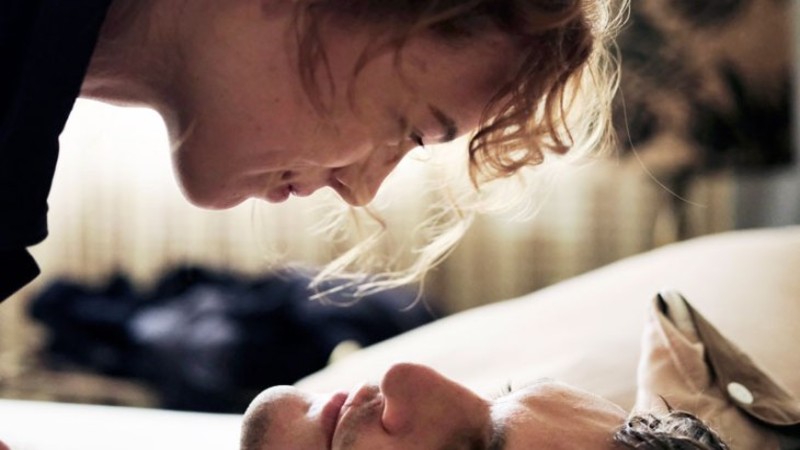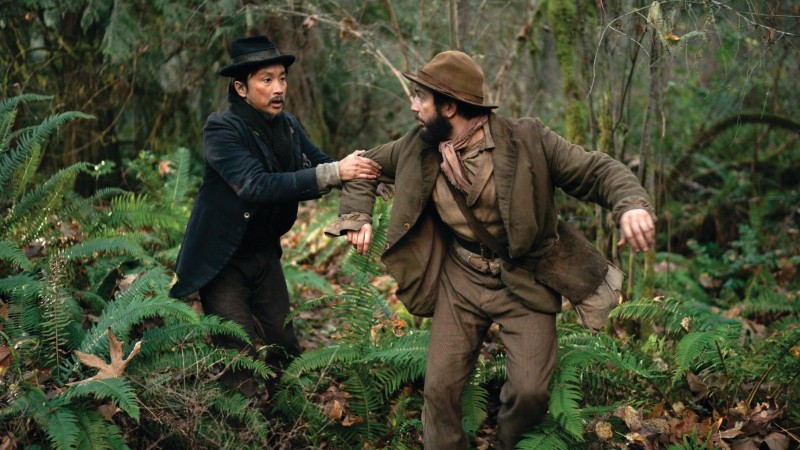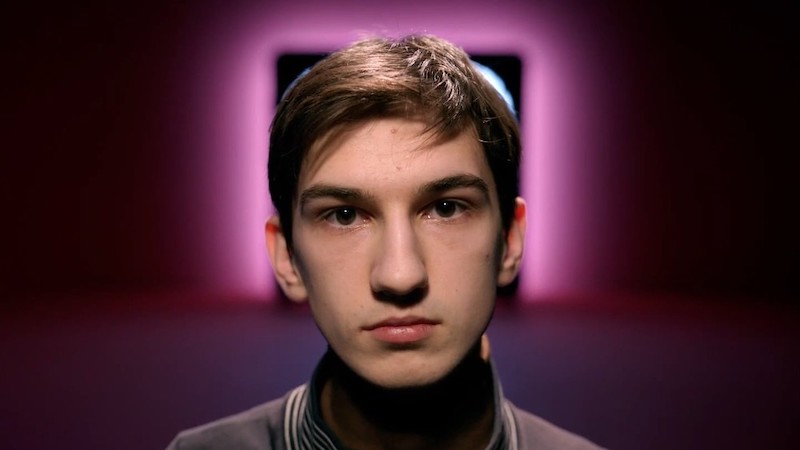QUICK SNAP: LIVE FROM BERLIN
Watching the latest Hong Sang-soo’s movie is like drinking a glass of white wine with a friendly stranger. It’s a light-hearted and thoroughly enjoyable experience, but you will hardly remember the content of the conversation a couple of days later. Such is the case with his 24th feature The Woman Who Ran.
Gamhee (played by Sang-soo’s diva and partner Kim Min-hee) has spent every single day of the past five years with her husband because he believes that “that’s what people in love do”. He’s now away on a business trip, and so Gamhee takes the opportunity to mingle with three female friends, and to discuss the banalities, the trivialities of her relationship, of causal love, of eating animals and feeding robber cats. One of her friends is now in a relationship with one of Gamhee’s former lover, a talkative man who does not demand that his partner is constantly attached to him (in stark contrast to Gamhee’s clingy spouse).
Food is a central character, and much of the action takes place on a dinner table (a common feature not just in Sang-soon’s prolific cinema, but also in South Korean culture as a whole). Character share their casual stories and off-the-cuff life lessons and advice while they eat apples and sip white wine. The extensive conversations are simple and mundane on the surface, yet dotted with subtle humour and peculiar pearls of wisdom. An interaction with an angry neighbour who does not like feral cats being fed by humans is particularly amusing.
Sang-soo’s movies are so similar that it’s often difficult to describe and rate them. The minimalism is pervasive: the camera hardly moves, except for a few zooms and horizontal pans, the settings are ordinary, there’s no artwork and the music score consists of no more than a few piano notes. Characters are nonchalant, the acting is very plain, and precisely for those reasons the story is very convincing. This is cinema reduced to its bare essentials.
You are far more likely to enjoy and engage with the latest Hong Sang-see movie if your mind is clear and your heart wide open. Otherwise they can be a excruciatingly tedious experience. How else would you find passion and wit in a conversation about chickens, looking at a nondescript knoll, or observing your friend shun a one-night-stand via the interphone? Just take a chair, sit back and join Gamhee and her friends in the kitchen for a relaxed 77 minutes.
The Woman Who Ran showed in Competition at the 70th Berlinale, when this piece was originally written. Hong Sang-soo is a regular at the Berlinale, Cannes and film festivals across Europe. It’s out in selected cinemas and Curzon Home Cinema on Friday, December 11th. It’s on Mubi on Sunday, December 20th.











